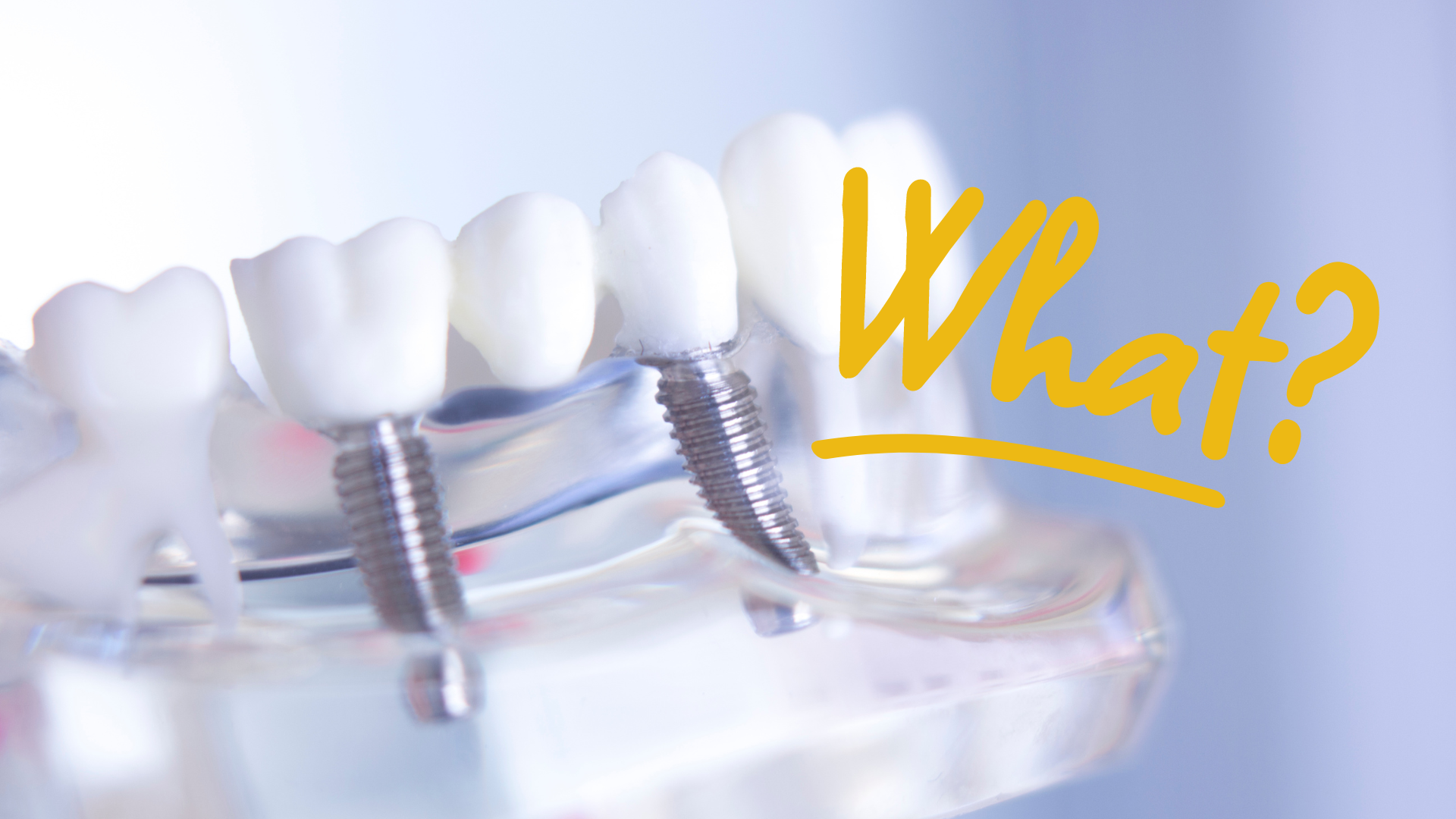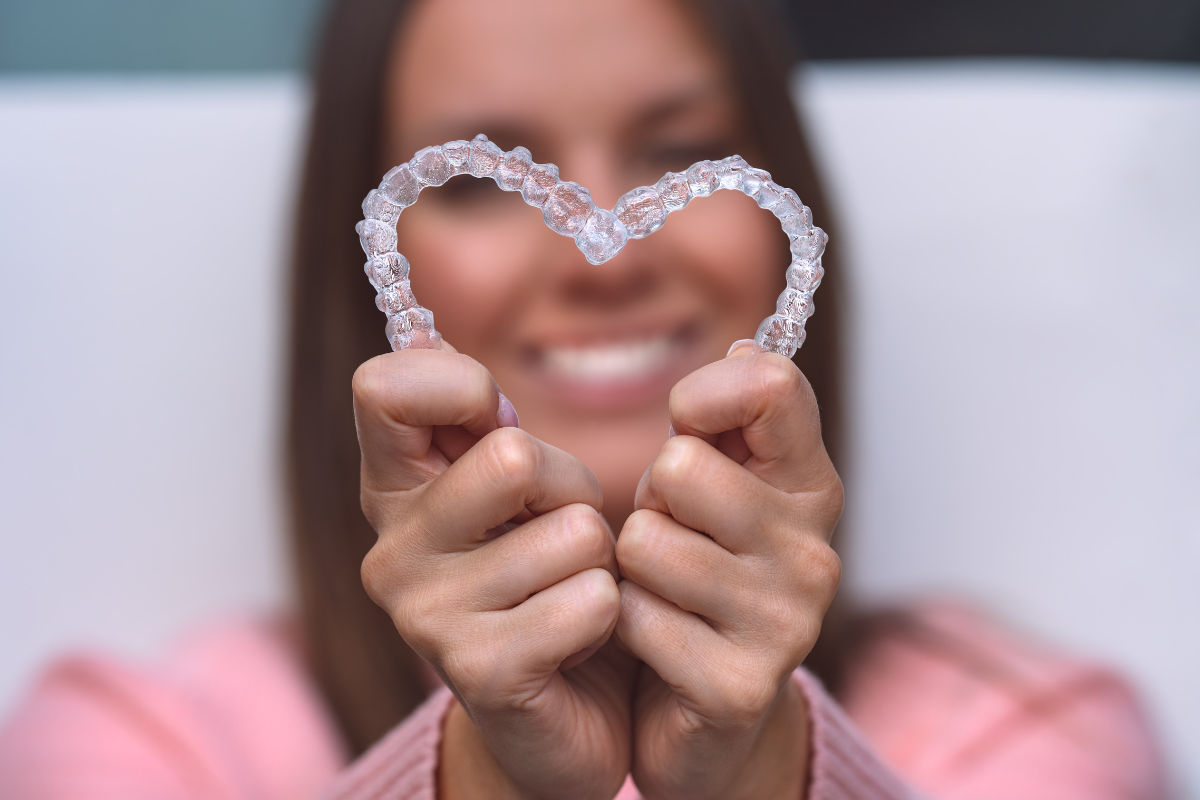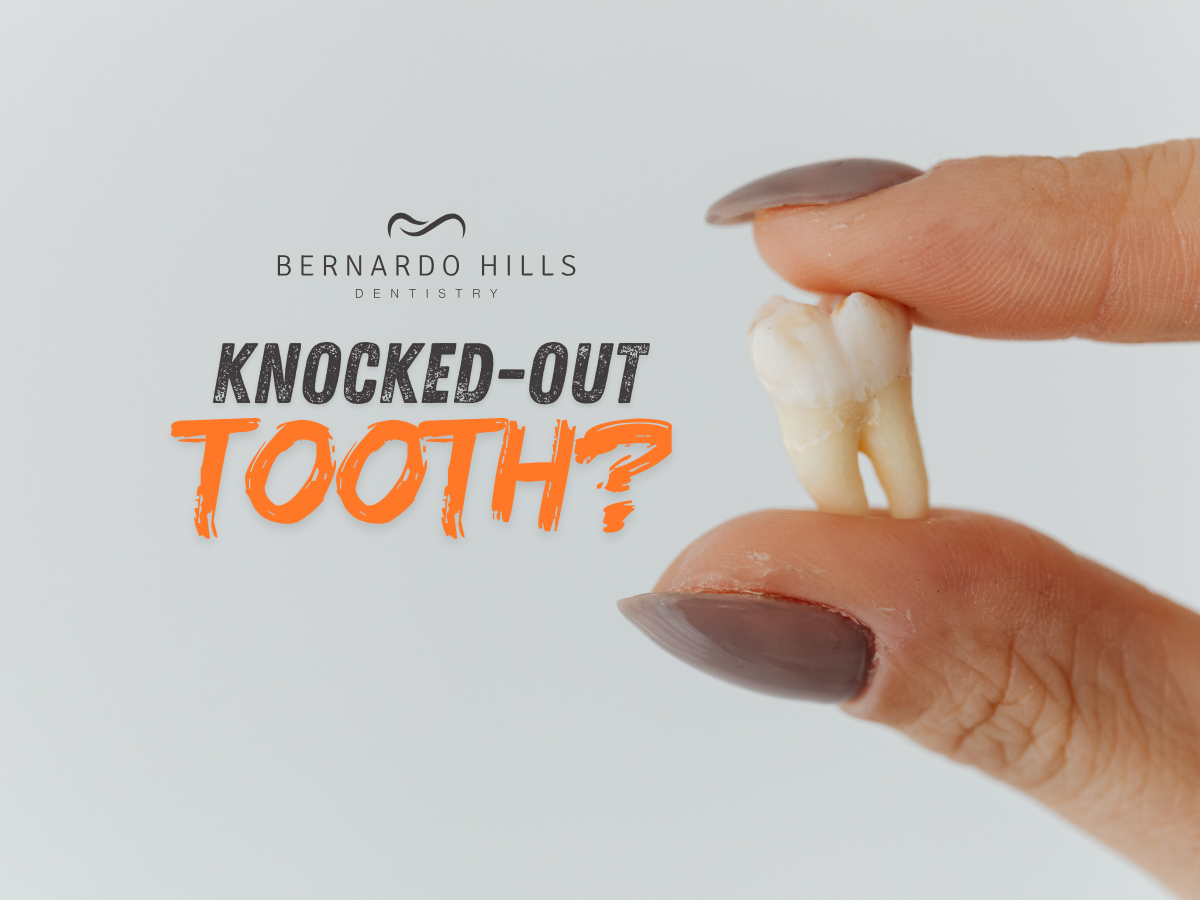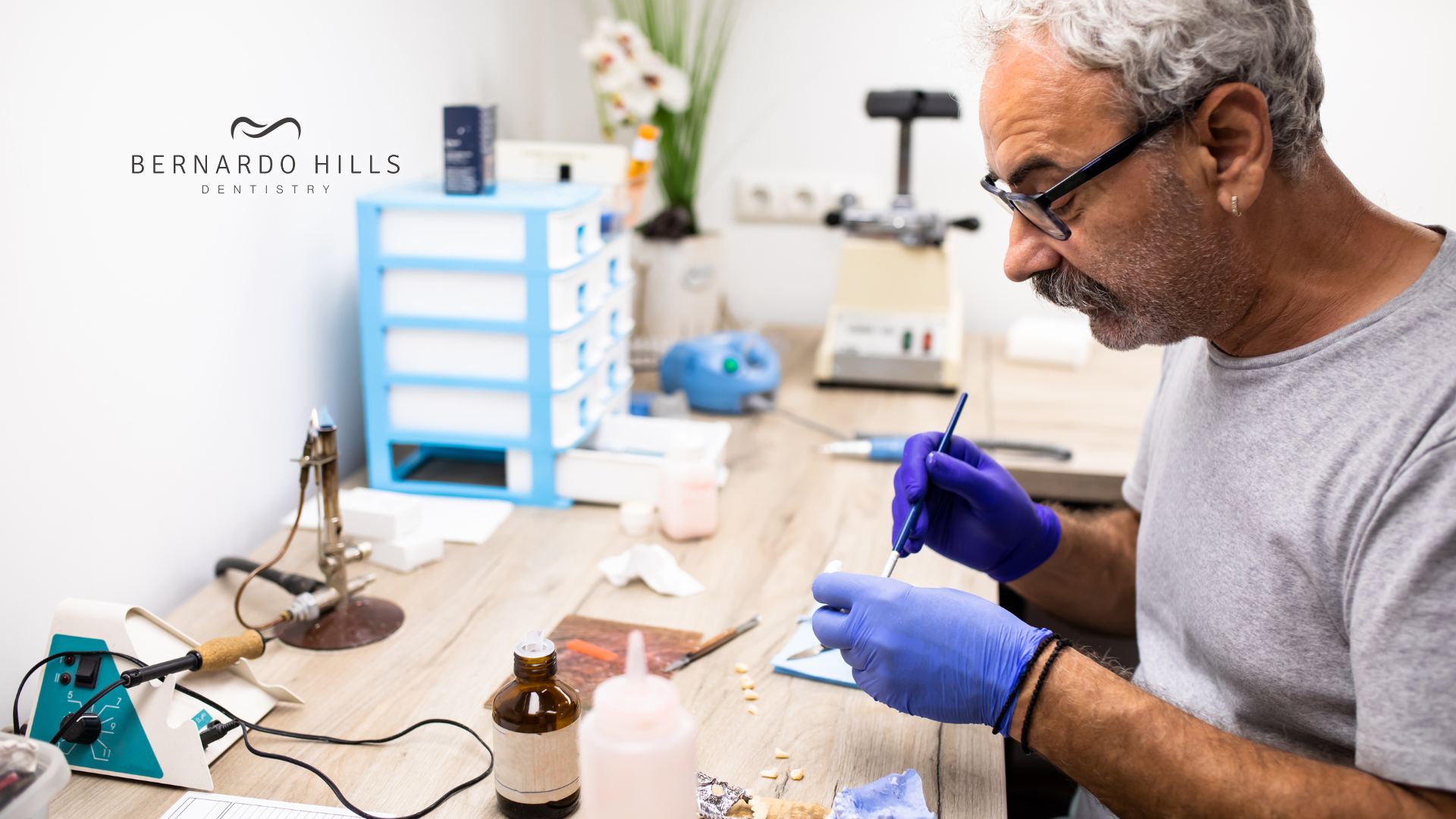What are Implants made of?

Understanding the Basics of Implant Materials
Biocompatibility: The Key Criterion
Biocompatibility is the most crucial factor in the selection of materials for implants. It refers to the ability of a material to perform with an appropriate host response in a specific situation. The following points highlight the importance of biocompatibility in implant materials:
- The material must not cause any adverse reaction, such as inflammation or toxicity.
- It should support the appropriate cellular activity, including facilitating the attachment and growth of cells.
- The material must be able to resist corrosion and degradation within the body to maintain its integrity over time.
Biocompatible materials are essential for the long-term success of an implant as they directly affect the health and well-being of the patient.
The selection of a biocompatible material also depends on the type of implant and its intended function. For example, materials used in bone implants need to support osseointegration, which is the direct structural and functional connection between living bone and the surface of a load-bearing artificial implant.
Understanding the Basics of Implant Materials
Biocompatibility: The Key Criterion
Biocompatibility is the most crucial factor in the selection of materials for implants. It refers to the ability of a material to perform with an appropriate host response in a specific situation. The following points highlight the importance of biocompatibility in implant materials:
- The material must not cause any adverse reaction, such as inflammation or toxicity.
- It should support the appropriate cellular activity, including facilitating the attachment and growth of cells.
- The material must be able to resist corrosion and degradation within the body to maintain its integrity over time.
Biocompatible materials are essential for the long-term success of an implant as they directly affect the health and well-being of the patient.
The selection of a biocompatible material also depends on the type of implant and its intended function. For example, materials used in bone implants need to support osseointegration, which is the direct structural and functional connection between living bone and the surface of a load-bearing artificial implant.
Understanding the Basics of Implant Materials
Biocompatibility: The Key Criterion
Biocompatibility is the most crucial factor in the selection of materials for implants. It refers to the ability of a material to perform with an appropriate host response in a specific situation. The following points highlight the importance of biocompatibility in implant materials:
- The material must not cause any adverse reaction, such as inflammation or toxicity.
- It should support the appropriate cellular activity, including facilitating the attachment and growth of cells.
- The material must be able to resist corrosion and degradation within the body to maintain its integrity over time.
Biocompatible materials are essential for the long-term success of an implant as they directly affect the health and well-being of the patient.
The selection of a biocompatible material also depends on the type of implant and its intended function. For example, materials used in bone implants need to support osseointegration, which is the direct structural and functional connection between living bone and the surface of a load-bearing artificial implant
The Role of Material Properties in Implant Success
The success of an implant is heavily dependent on the material properties, which must align with the biological, physical, and chemical demands of the body. Mechanical strength, corrosion resistance, and fatigue life are critical factors that determine the longevity and functionality of an implant.
- Biocompatibility: Ensures the material does not induce an adverse reaction.
- Corrosion Resistance: Prevents degradation and maintains integrity.
- Density: Similar to bone to avoid stress shielding.
- Elastic Modulus: Matches that of bone to distribute load evenly.
- Fatigue Strength: Withstands repeated stress without failure
The ideal implant material integrates seamlessly with the body, supporting tissue integration while resisting wear and environmental stress. This delicate balance is crucial for implants that are intended to last for many years within the human body.
Common Material Classifications
Implants are typically made from a variety of materials, each selected for their unique properties and suitability for specific applications. The most common classifications of implant materials include metals, ceramics, polymers, and composites. These materials are chosen based on factors such as strength, durability, and their interaction with biological tissues.
- Metals such as titanium and stainless steel are known for their strength and are widely used in load-bearing implants like hip replacements.
- Ceramics offer excellent wear resistance and are often used in joint replacements.
- Polymers are selected for their versatility and are commonly found in soft tissue implants.
- Composites combine materials to achieve desired properties, such as enhanced bone integration or reduced weight.
The selection of implant materials is a critical step in the design process, as it directly impacts the implant's performance and longevity. Understanding the strengths and limitations of each material class is essential for developing safe and effective medical implants.
Metals and Alloys in Implant Manufacturing
Stainless Steel: The Traditional Choice
Stainless steel has long been the material of choice for various types of implants, including orthopedic and dental, due to its strength and resistance to corrosion. Its affordability and ease of manufacturing make it a practical option for many medical devices.
The composition of stainless steel used in implants typically includes iron, chromium, nickel, and molybdenum. This combination provides a balance of mechanical properties and corrosion resistance essential for long-term implantation.
Stainless steel implants are widely recognized for their durability and have been used successfully in millions of procedures worldwide.
However, despite its widespread use, stainless steel is not without its drawbacks. Patients with nickel allergies may experience adverse reactions, and there is a constant drive to find materials with even better biocompatibility and performance characteristics.
Titanium: The Gold Standard for Biocompatibility
Titanium is renowned for its exceptional biocompatibility, making it a material of choice for a wide range of medical implants. Its ability to withstand bodily fluids without corrosion or causing adverse reactions is unparalleled. The metal's natural compatibility with bone tissue enhances its integration into the human body, promoting osseointegration where the implant and bone bond strongly over time.
- Highly resistant to corrosion
- Minimal ion release into the body
- Excellent strength-to-weight ratio
Titanium's unique properties extend beyond biocompatibility. It is also known for its strength, durability, and lightweight nature, which are critical for the long-term success of implants.
The use of titanium is not without its challenges, however. The cost of titanium and the complexity of its processing can be significant factors in the overall expense of implant manufacturing. Despite these challenges, the benefits of titanium often outweigh the costs, particularly for permanent implants where long-term functionality and compatibility are paramount.
Cobalt-Chromium Alloys: High Strength Applications
Cobalt-chromium (Co-Cr) alloys are renowned for their high strength and corrosion resistance, making them ideal for use in demanding implant applications such as hip and knee replacements. These alloys are particularly beneficial in situations where a high load-bearing capacity is essential.
Co-Cr alloys also exhibit excellent wear resistance and have a low friction coefficient, which is crucial for the longevity of moving joint implants. The biocompatibility of these materials, although not as high as titanium, is sufficient for many applications, and their mechanical properties can be finely tuned to match the requirements of specific implant designs.
The success of cobalt-chromium alloys in medical implants can be attributed to their ability to withstand the mechanical stresses and corrosive environment of the human body without significant degradation.
Here is a brief overview of the typical composition of Co-Cr alloys used in implants:
- Cobalt (Co): 40-65%
- Chromium (Cr): 20-30%
- Molybdenum (Mo): 5-7%
- Nickel (Ni): up to 2.5%
Other elements: <1% (may include silicon, manganese, and carbon)
Ceramics and Polymers: Alternatives to Metals
Alumina and Zirconia Ceramics: Hard and Wear-Resistant
Alumina (Aluminum Oxide) and Zirconia (Zirconium Oxide) ceramics are highly valued in the field of implantology for their exceptional hardness and wear resistance. These properties make them particularly suitable for orthopedic applications, such as joint replacements, where long-term durability is crucial.
Both materials exhibit excellent biocompatibility, which minimizes the risk of rejection and facilitates the integration with bone tissue. Moreover, their low friction coefficients contribute to a smoother articulation in joint implants, enhancing the patient's comfort and implant longevity.
The inert nature of these ceramics ensures stability within the body, resisting corrosion and wear even under constant mechanical stress.
Here is a comparison of their key properties:
- Alumina Ceramics:
- High hardness
- Good biocompatibility
- Lower fracture toughness compared to zirconia
- Zirconia Ceramics:
- Superior toughness
- Excellent wear resistance
- Slightly better biocompatibility than alumina
The choice between alumina and zirconia often depends on the specific requirements of the implant, with zirconia being the preferred option for applications demanding higher toughness.
Polyethylene and PMMA: Plastic Options for Implants
Polyethylene (PE) and Polymethyl Methacrylate (PMMA) are two widely used plastic materials in the field of implantology. PE is particularly favored for its versatility and high resistance to wear, making it an ideal choice for joint replacement components such as hip and knee liners. PMMA, on the other hand, is commonly used as bone cement, anchoring implants securely in place.
- Polyethylene (PE):
- Used in hip and knee replacements
- High wear resistance
- Low friction coefficient
- Polymethyl Methacrylate (PMMA):
- Acts as bone cement
- Excellent adhesion properties
- Transparent and radiolucent
Both materials have revolutionized the field of orthopedic implants, offering patients improved outcomes and longer-lasting solutions. Their unique properties allow for the creation of implants that mimic the natural movement and stress distribution of human joints.
While these plastics offer many benefits, they are not without their limitations. PE can be prone to oxidation, and PMMA may fracture under high impact. Ongoing research aims to enhance their properties and expand their applications in the medical field.
Biodegradable Polymers: The Future of Temporary Implants
Biodegradable polymers represent a revolutionary step in implant technology, offering a solution that eliminates the need for secondary surgeries to remove implants. These materials are designed to be absorbed by the body over time, reducing long-term complications and improving patient outcomes.
- Polylactic Acid (PLA)
- Polyglycolic Acid (PGA)
- Polycaprolactone (PCL)
These polymers are often used in applications such as sutures, pins, screws, and plates for bone fixation. The degradation rate can be tailored to match the healing process of the tissue, which is a critical aspect of their functionality.
The integration of biodegradable polymers in medical devices is not just a trend; it is a shift towards more patient-centric and sustainable healthcare practices.
The future of biodegradable polymers is bright, with ongoing research focusing on enhancing their mechanical properties and biocompatibility. This will expand their use to more complex and load-bearing applications.
Composite Materials: Combining the Best of Both Worlds
Carbon Fiber Reinforced Polymers: Lightweight and Strong
Carbon Fiber Reinforced Polymers (CFRP) are gaining traction in the field of implant technology due to their exceptional strength-to-weight ratio. These materials are particularly advantageous for patients requiring dynamic support without the added weight of metal implants. CFRP implants can significantly reduce stress on surrounding tissues and bones, making them ideal for orthopedic applications.
- High tensile strength: Comparable to or exceeding that of metal alloys
- Low weight: Facilitates patient mobility and comfort
- Corrosion resistance: Unaffected by bodily fluids and corrosion processes
- Radiolucency: Does not interfere with medical imaging techniques
The integration of carbon fibers with polymers not only enhances the mechanical properties but also allows for the tailoring of the material's elasticity to more closely mimic the natural behavior of human bone.
The use of CFRP in implants is a testament to the ongoing evolution of materials science in the medical field. As research progresses, the potential for these composites to be customized for individual patient needs is becoming increasingly apparent, paving the way for more personalized and effective treatment options.
Bioactive Glass Composites: Promoting Bone Growth
Bioactive glass composites are a revolutionary class of materials in the field of Restorative Dentistry. These composites are designed to bond with bone, stimulating the body's natural healing processes. Their ability to promote bone growth makes them particularly valuable for dental implants and bone repair applications.
- Bioactive glass composites release ions that stimulate cell proliferation.
- They support new bone formation and bonding to the implant.
- The materials are resorbable, eventually replaced by the patient's own bone.
The integration of bioactive glass into composites has transformed the landscape of implant materials, offering a dynamic approach to bone regeneration.
The use of these composites is not just limited to dentistry; they are also being explored for orthopedic applications where bone growth is critical. The versatility and effectiveness of bioactive glass composites continue to drive research and innovation in implant technology.
Hybrid Composites: Tailoring Properties for Specific Needs
Hybrid composites in implant technology represent a frontier in material science, where the goal is to create materials with customized properties that cater to the specific needs of different types of implants. By combining two or more material classes, such as ceramics and polymers, the resulting composites can offer a balance of strength, flexibility, and biocompatibility.
Hybrid composites can be engineered to have a gradient of properties, potentially providing a seamless integration with the biological tissues. This can reduce stress concentrations and improve the longevity of the implant.
The design of hybrid composites often involves a careful selection of base materials and a controlled fabrication process. Here's a brief overview of the considerations:
- Material Selection: Choosing the right combination of materials to achieve desired properties.
- Fabrication Technique: Utilizing methods like layering or blending to create the composite.
- Property Optimization: Adjusting the ratios and distribution of materials to tailor mechanical and biological responses.
These composites are particularly useful in complex implants, where different parts of the implant may require different material characteristics. For example, a hip replacement might need a hard, wear-resistant surface in contact with the joint, but a more flexible, shock-absorbing material where it connects to the bone.
Innovations in Implant Material Technology
Surface Coatings and Modifications for Enhanced Performance
The application of surface coatings and modifications to implant materials has revolutionized their performance and longevity. Enhanced surface properties can significantly reduce wear, improve osseointegration, and minimize the risk of infection. These modifications are often applied through advanced techniques such as plasma spraying, ion implantation, or chemical vapor deposition.
- Plasma spraying applies a thin, uniform coating that can improve the implant's surface roughness and bioactivity.
- Ion implantation alters the surface layer of the material to enhance its wear resistance and biocompatibility.
- Chemical vapor deposition creates a high-purity and high-performance coating that can protect the implant from corrosion.
The strategic application of these coatings will tailor the implant's surface to the specific biological environment it will encounter. This customization ensures that the implant will have the best possible interaction with the surrounding tissue, leading to improved outcomes for patients.
Smart Implants: Integrating Sensors and Electronics
The advent of smart implants has revolutionized the field of medical prosthetics and tissue engineering. These advanced devices integrate sensors and electronics to monitor implant performance and patient health in real-time. This integration allows for the continuous collection of data, which can be used to adjust treatment plans promptly and improve patient outcomes.
- Real-time monitoring of physiological parameters
- Early detection of implant failure or infection
- Adaptive response to changes in the patient's condition
The potential of smart implants extends beyond passive structural support; they actively contribute to patient health management by providing valuable feedback to healthcare providers.
The table below summarizes the key benefits of smart implants equipped with sensors and electronics:
| Benefit | Description |
|---|---|
| Enhanced Monitoring | Enables ongoing assessment of implant status and bodily functions. |
| Improved Patient Safety | Alerts for potential complications can be issued swiftly. |
| Personalized Medicine | Data-driven adjustments to therapy can be made for individual patient needs. |
3D Printing and Customization of Implant Materials
The advent of 3D printing technology has revolutionized the field of implant manufacturing, offering unprecedented levels of customization and precision. Rancho Bernardo dentists, along with medical professionals worldwide, are now able to tailor implants to the unique anatomical features of each patient, enhancing the fit and function of these critical devices.
- Personalized fit: Implants are designed to match patient's specific anatomy.
- Material variety: A range of biocompatible materials can be used.
- Rapid prototyping: Quick turnaround from design to production.
The ability to rapidly prototype and test various implant designs and materials has significantly shortened the development cycle, allowing for faster innovation and improved patient outcomes.
The integration of 3D printing into the dental and orthopedic implant sectors has not only improved patient care but has also streamlined the manufacturing process. This technology enables the production of complex geometries that were previously impossible or prohibitively expensive to achieve with traditional manufacturing methods.
Frequently Asked Questions
-
What factors determine the biocompatibility of an implant material?
Biocompatibility is determined by the material's ability to perform with an appropriate host response in a specific situation. Factors include the material's toxicity, ability to cause an allergic reaction, stability in the body, and its interaction with biological tissues.
-
Why is titanium considered the gold standard for implant materials?
Titanium is considered the gold standard due to its excellent biocompatibility, high strength-to-weight ratio, good fatigue strength, and corrosion resistance. It is also osseointegration, meaning it can bond well with bone tissue.
-
What are the advantages of using ceramics in implants?
Ceramics, such as alumina and zirconia, are known for their hardness, wear resistance, and low friction. They are also bioinert, meaning they do not react with the body, making them suitable for applications like joint replacements.
-
How are biodegradable polymers used in implants?
Biodegradable polymers are designed to be broken down and absorbed by the body over time. They are used in temporary implants, such as screws and plates for bone fractures, which eliminate the need for a second surgery to remove the implant.
-
What are the benefits of composite materials in implants?
Composite materials combine the properties of two or more different materials, such as increased strength, reduced weight, and improved biocompatibility. They can be tailored to meet the specific needs of different types of implants.
-
How is 3D printing changing the field of implant manufacturing?
3D printing allows for the customization of implants to fit the unique anatomy of individual patients. It also enables the creation of complex structures that were previously difficult or impossible to manufacture, potentially improving implant performance and patient outcomes.
Bernardo Hills Dentistry
11665 Avena Pl # 105, San Diego, CA 92128, United States
(858) 877-9307
Hours & Address
Monday: 9:00 am - 6:00 pm
Tuesday: 9:00 am - 6:00 pm
Wednesday: 8:00 am - 5:00 pm
Thursday: 8:00 am - 5:00 pm
Friday: 8:00 am - 2:00 pm
Saturday-Sunday: Closed
Navigation Links
Hours & Address
Monday: 9:00 am - 6:00 pm
Tuesday: 9:00 am - 6:00 pm
Wednesday: 8:00 am - 5:00 pm
Thursday: 8:00 am - 5:00 pm
Friday: 8:00 am - 2:00 pm
Saturday-Sunday: Closed
Navigation Links
Hours & Address
Monday: 9:00 am - 6:00 pm
Tuesday: 9:00 am - 6:00 pm
Wednesday: 8:00 am - 5:00 pm
Thursday: 8:00 am - 5:00 pm
Friday: 8:00 am - 2:00 pm
Saturday-Sunday: Closed
Navigation Links
Bernardo Hills Dentistry | All Rights Reserved



